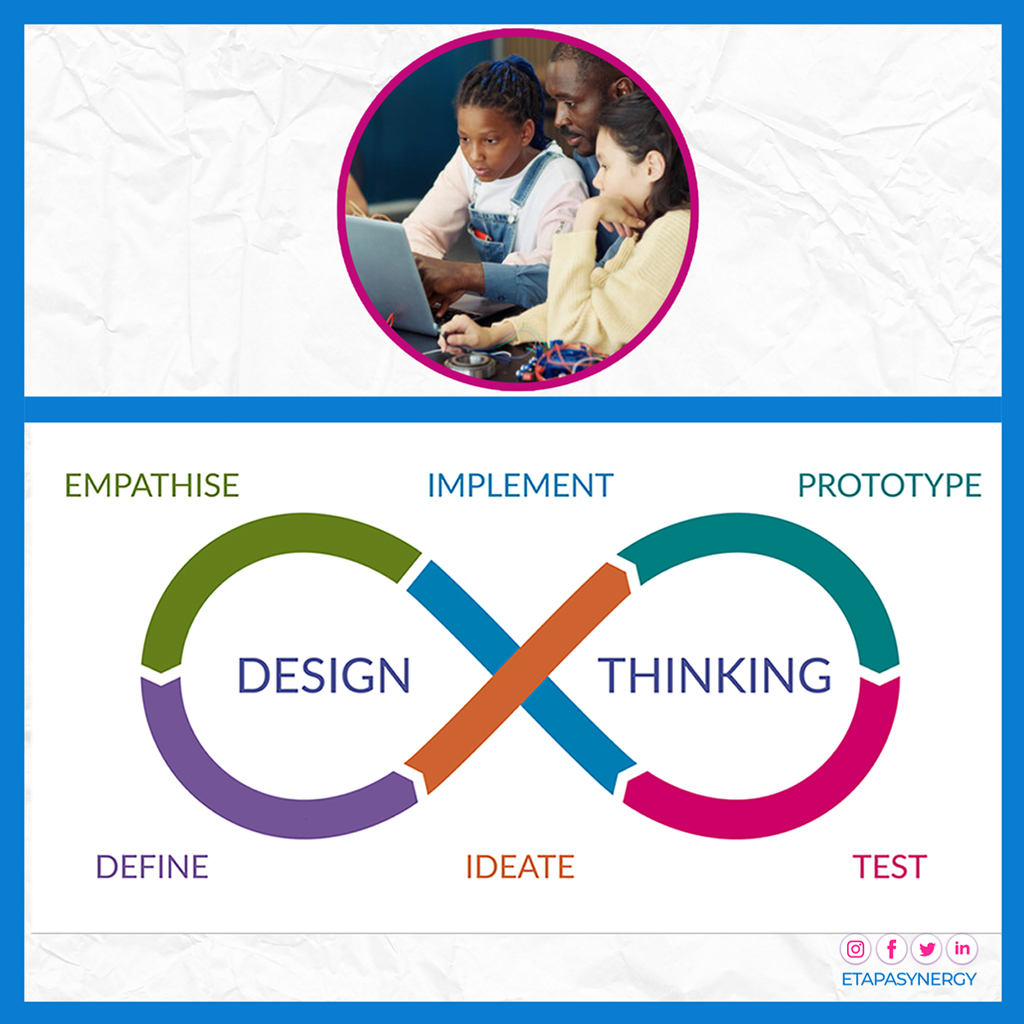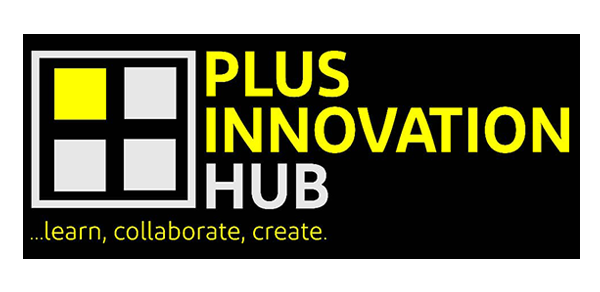Design Thinking Explained
Design thinking is a way of solving problems by being creative and innovative. It’s like being a detective and an artist at the same time. You first try to understand the problem really well, then you think of lots of different ideas, and then you try out your best ideas to see if they work. It’s a fun way to find new solutions to problems! This aspect of STEM or STEAM applies mostly to Engineering which represents E in the acronym STEM. Engineering discipline is what connects the other disciplines of Science, Technology, Arts and Mathematics.
Engineers use design thinking in a solutions-focused, human-centered way to creatively solve problems and innovate throughout the engineering design process. Design thinking is a way of looking at and tackling real-world problems that we experience in our everyday lives, and greatly need solutions for— especially the world’s “wicked problems” that are not well defined or have clear answers, such as climate change.
The design thinking process is a problem-solving approach that involves five stages:
- Empathize
- Define
- Ideate
- Prototype
- Test.
We will explain each process better using a Problem as a case study.
“In the heart of Makoko, a vibrant riverine community in Lagos, Nigeria, lived a young lady named Amina. Amina had always loved the river that flowed through her community, but she noticed a problem. Nylon waste, like old bags and wrappers, littered the riverbanks, making her beloved river dirty and unhealthy.
Amina decided it was time to do something. She remembered hearing about the power of design thinking, a magical way to solve problems. So, she gathered her friends and started a “Clean River, Bright Future” project.
They began by talking to the people in their community, like the fishermen and the children who played by the river. Amina learned that many of them used the nylon bags for a little while and then threw them away.
Amina thought, “What if we could make something useful from these discarded nylon bags?” She and her friends got to work, washing the bags and stitching them together, transforming them into colorful, durable school bags. These bags were not only strong but also helped to recycle nylon waste.
Word about Amina’s school bags quickly spread through Makoko. Children loved them because they were pretty and eco-friendly. The school bags helped keep the nylon waste out of the river and gave it a new life.
Amina’s idea also inspired others in Makoko to think creatively about solving problems. With everyone working together, the river got cleaner, and the children went to school with their recycled bags, learning about both the environment and the power of design thinking.”
Design Thinking Process
The following processes explain the steps we would take to solve the problem using Design thinking
- Empathize
This is about understanding the needs of the people you’re designing for. This requires understanding the problem and its effects and taking appropriate action based on how it is affecting the victim For example, if you’re designing a new backpack for students, you might spend time observing students, talking to them about what they like or dislike about their current backpacks, and trying to understand their needs and challenges.
Engineers incorporate their personal experiences and intellect with empathy and understanding for all stakeholders to develop human-centered products or services.
- Define
This is about understanding the needs of the people you’re designing for. For example, if we design a new backpack for students, you might spend time observing students, talking to them about what they like or dislike about their current backpacks, and trying to understand their needs and challenges.
Engineers take time to observe, infer, and apply their knowledge to thoughtfully frame a problem or identify a within the limits of available time, money, and resources
- Ideate
This is the brainstorming stage, where you come up with as many solutions as possible. For the backpack we have thought of designing, we might come up with ideas like adjustable straps, multiple compartments, waterproof material, etc. in the real world an engineering team brings their own perspective and collective expertise together to scope problems and negotiate desirable, feasible and viable solutions to problems.
- Prototype
In this stage, you create a physical or digital model of your solution. After generating ideas and gathering information about a problem, the rapid and rough creation of sketches and models (prototypes) inspires engineers to visualize options and inform possible solutions. Looking at our case study, for the backpack, you might create a mock-up or a 3D model of the backpack with the features you’ve ideated.
- Test
Finally, you test your prototype with real users to get feedback and make improvements. You might have students use your prototype backpack for a week and then ask them what they liked and didn’t like about it.
AN ITERATION PROCESS
Design thinking is the process of creating a product from scratch to finish, ensuring it is right for the person who needs to use it. It is an iterative process, meaning you might go back and forth between stages based on what you learn. For example, if students don’t like the prototype backpack, you might go back to the ideate stage to come up with new solutions.

So with these we can get to understand how design thinking works and come up with various ways we can develop a design thinking process for various problems.
Let’s start with thoughtfully framing a problem or identifying a problem that we can solve using design thinking, it’s that simple. Can you give it a try? We would like to hear a summary of what you came up with in the comment section. Thank you.







